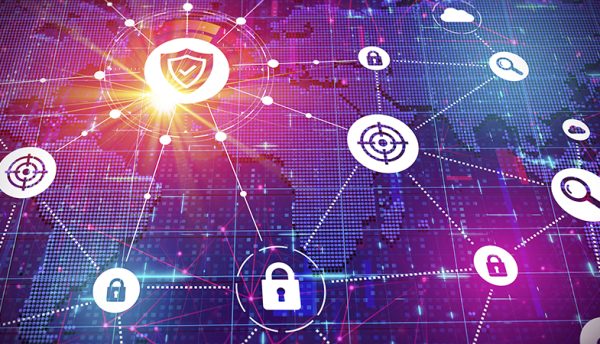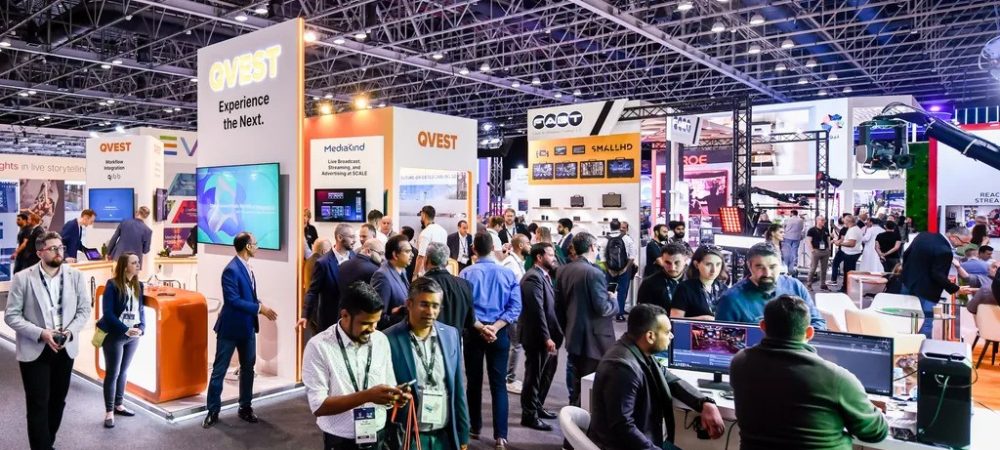In today’s increasingly complex digital landscape, the management, patching and support of endpoints represent critical pillars in maintaining robust cybersecurity and operational efficiency. Here, NinjaOne uncovers innovative solutions to streamline these processes effectively while exploring how organisations can enhance endpoint control and automation. This article also sheds light on integrating threat intelligence feeds and security analytics tools to enable strategic resource allocation and risk mitigation efforts.
What key technological advancements are essential for organisations aiming to enhance endpoint control and automation?
Organisations aiming to bolster endpoint control and automation must prioritise several key technological advancements. The integration of advanced endpoint detection and response (EDR) solutions provides organisations with granular visibility into endpoint activities, enabling proactive threat hunting and rapid incident response.
Moreover, implementing robust endpoint orchestration and automation platforms is crucial for streamlining patch management and vulnerability remediation processes. These platforms enable organisations to automate routine tasks like patch deployment, configuration management and vulnerability scanning, thereby reducing manual errors and enhancing operational efficiency. Integrating threat intelligence feeds and security analytics tools empowers organisations to prioritise vulnerabilities based on their criticality and potential impact, enabling more strategic resource allocation and risk mitigation efforts. By leveraging these technological advancements in tandem, organisations can establish a comprehensive endpoint security posture and effectively safeguard their IT infrastructure against evolving cyberthreats.
How can organisations address and manage challenges effectively to ensure a seamless and secure IT portfolio?
Organisations can adopt a comprehensive approach that encompasses several key strategies. First, investment in robust endpoint management solutions is crucial. This includes deploying policies for immediate remediation, automated patch management, advanced threat detection systems, implementing endpoint security measures and employing encryption protocols to safeguard data both in transit and at rest.
Secondly, establishing clear governance structures and policies is essential. This involves defining roles and responsibilities, setting security standards and ensuring compliance with regulations and industry best practices. Regular risk assessments and audits can help identify vulnerabilities and prioritise mitigation efforts.
Moreover, fostering a culture of cybersecurity awareness among employees through training and education programmes can significantly mitigate risks associated with social engineering attacks and insider threats. By combining these proactive measures with ongoing monitoring and incident response capabilities, companies can effectively manage challenges and maintain a seamless and secure IT portfolio.
For organisations seeking to improve automation and efficiency in IT management services, what strategies and tools do you recommend considering the ever-changing demands on the MSP business /security requirements?
There are several strategies and tools which are essential here. Embracing cloud-native solutions offers scalability and agility, facilitating rapid adaptation to shifting demands. These platforms provide centralised control and visibility across diverse IT environments and enable streamlined deployment, monitoring and management of endpoints.
Integrating advanced security technologies into IT management services is paramount for safeguarding against evolving threats. Next-generation security solutions like endpoint detection and response (EDR) systems and intrusion detection/prevention systems (IDS/IPS) provide real-time threat detection and response capabilities. The Zero Trust security model ensures strict access controls, reducing the risk of unauthorised access and lateral movement within networks. Continuous monitoring and robust vulnerability management practices help organisations to stay ahead of emerging security risks by promptly identifying and addressing vulnerabilities. By implementing these strategies and leveraging appropriate tools, organisations can effectively navigate the complexities of the MSP landscape while meeting evolving security requirements.
What best practices do you suggest for proactively managing and mitigating security risks across an organisation’s endpoint infrastructure?
There are several best practices which are paramount:
- Implement robust endpoint protection solutions: This includes antivirus, firewall and intrusion detection capabilities.
- Automate patch management: Automate the patching of software and operating systems to address all known vulnerabilities.
- Enforce strong access control: Employ Multi-Factor Authentication (MFA) to ensure only authorised users and devices can access sensitive data.
- Implement a Zero Trust security model: For continuous verification and authentication of all devices and users attempting to access the network.
- Conduct regular security training: Create awareness programmes for employees to recognise and respond to security threats effectively.
- Establish incident response plans: Regularly test them through tabletop exercises to enable swift and effective response to security incidents.
Unified Endpoint Management is a goal for many organisations. How do strategic alliances and integrations with industry-leading solutions contribute to achieving a seamless and unified approach in Endpoint Management?
Strategic partnerships and integrations with industry-leading solutions play a pivotal role in achieving a seamless and unified approach in Unified Endpoint Management (UEM). By collaborating with trusted partners and integrating their solutions, IT teams can leverage the expertise and capabilities of multiple vendors to address diverse endpoint management needs comprehensively. These alliances enable interoperability between different solutions, facilitating seamless data exchange and workflow integration across the entire endpoint management ecosystem. Furthermore, integrations with industry-leading solutions empower IT departments to access advanced features and functionalities that enhance endpoint security, compliance management and automation capabilities.
How does NinjaOne’s platform minimise the time for helpdesk support, centralise systems management and drive operational efficiency?
The NinjaOne platform minimises time spent on helpdesk support, centralises endpoint control in one single intuitive dashboard and drives operational efficiency through its comprehensive suite of features and capabilities. By offering a unified dashboard for monitoring and managing endpoints, technicians can identify and remediate any issues proactively in real-time, significantly reducing time spent on troubleshooting and support tasks. 90% of NinjaOne customers report that they have been able to reduce time spent on patching. The platform’s automation capabilities streamline routine processes such as patch management and software deployment, freeing up IT resources to focus on more strategic initiatives. NinjaOne empowers IT teams to optimise their IT operations, enhance productivity and deliver superior support to end-users.
What steps can organisations take to future-proof their IT infrastructure and navigate the dynamic IT landscape?
To maintain a healthy, secure and fully optimised IT infrastructure, organisations must be able to navigate the dynamic IT landscape amidst evolving technology, security threats and compliance regulations. Fostering a culture of innovation and adaptability within the company enables teams to stay abreast of emerging technologies and trends. Investing in flexible and scalable infrastructure solutions, such as cloud native endpoint management and protection platforms, allows organisations to easily scale resources based on evolving needs.
IT departments should make routine assessments of their IT tools and processes to help identify areas for improvement and ensure alignment with business objectives. Embracing automation technologies streamlines operations, enhances efficiency and prepares organisations to handle future challenges effectively. Fostering partnerships with technology vendors and industry peers facilitates knowledge sharing and access to expertise, enabling organisations to stay agile and responsive to change.
See how NinjaOne helps IT teams around the world to automate the hardest parts of IT and security: www.ninjaone.com
Click below to share this article








